The Spiritual Connection Between Art and Identity
Introduction
Art is not just a reflection of the external world; it is an expression of the inner self. For many artists, their work is a way to explore and understand their own identity, as well as the larger cultural forces that shape who they are. In this post, we will explore the spiritual connection between art and identity, how artists use their work to express their sense of self, and why this connection is so important in today’s world.
Art as a Reflection of Identity
Art has long been a means of expressing personal and collective identity. For centuries, artists have used their work to reflect on who they are, where they come from, and how they see the world. Whether through portraiture, sculpture, or abstract forms, art offers a powerful way to communicate the complexities of identity. As an artist, I draw deeply from my Igbo heritage and the spiritual practices that shaped my upbringing. My work is a way to honor that heritage and to give voice to the stories that define me.
Cultural Identity in Art
Cultural identity plays a central role in how many artists perceive and express themselves. For those of us with rich cultural backgrounds, art becomes a way of reconnecting with our roots, celebrating our heritage, and making sense of our place in the world. My art, which draws on African symbols and traditions, is an ongoing exploration of what it means to be both part of a culture and a unique individual within that culture. The symbols, materials, and stories I use in my work are all deeply connected to my cultural identity.
The Spiritual Element in Artistic Expression
Art and spirituality have always been intertwined. For many artists, the creative process is a spiritual journey, a way of connecting with something greater than themselves. This connection is evident in the use of sacred symbols, rituals, and practices that inform the work. For me, spirituality is at the core of my practice. Each piece I create is imbued with a sense of reverence for the past, for the ancestors, and for the forces that shape our collective consciousness.
Art as a Vehicle for Self-Discovery
Through art, we embark on a journey of self-discovery. The act of creating allows us to explore our thoughts, emotions, and beliefs in a tangible way. It is through this process that we come to better understand who we are and what matters to us. As I work with my hands—shaping clay, carving wood, or painting—I am constantly learning more about myself and my connection to the world around me. This introspection is an essential part of my artistic journey.
Resisting Stereotypes Through Art
Art also provides a platform to challenge stereotypes and redefine how identity is perceived. As an African artist, I often grapple with preconceived notions of what African art should look like. Through my work, I aim to break these stereotypes, showing that African art is diverse, complex, and deeply personal. My goal is to tell stories that reflect the multifaceted nature of African identity, rather than conform to narrow or exoticized representations.
The Importance of Ancestral Connection
One of the most profound aspects of identity is our connection to our ancestors. In many African cultures, the past is not separate from the present—it is a living force that continues to influence us. In my work, I pay homage to my ancestors by incorporating elements of traditional rituals and beliefs. This ancestral connection is not only spiritual but also deeply emotional. It is a reminder of where I come from and the strength that lies in my heritage.
The Role of Ritual in Creative Practice
Rituals play a significant role in both spiritual and artistic practices. Whether it is the repetition of a certain gesture, the use of sacred objects, or the invocation of ancestral spirits, rituals help ground the creative process in a deeper sense of meaning. In my studio, I treat the act of creation as a ritual in itself—a sacred space where I can connect with my inner self and the spirit of my culture.
Healing Through Artistic Expression
Art can also be a powerful tool for healing. Through the process of creation, artists can confront trauma, process emotions, and find peace. This is especially true when art is connected to identity and spirituality. For me, making art is a way of healing not only myself but also my community. It is a form of catharsis that allows for reflection, reconciliation, and transformation.
Conclusion
The connection between art and identity is deeply spiritual and profoundly personal. Through our work, we uncover the layers of our being, connect with our culture and ancestors, and find new ways to express our truth. As artists, it is our responsibility to remain true to ourselves, to honor our heritage, and to use our creative voice to inspire, challenge, and heal. Art is more than just a product—it is a reflection of the soul.
